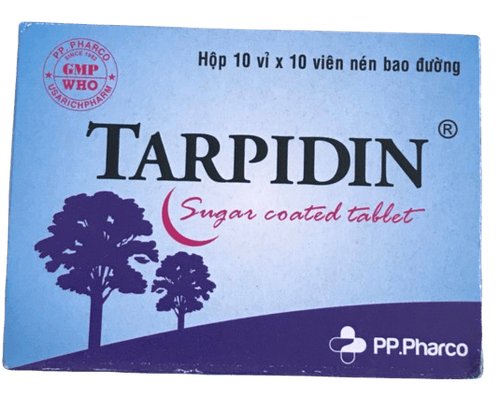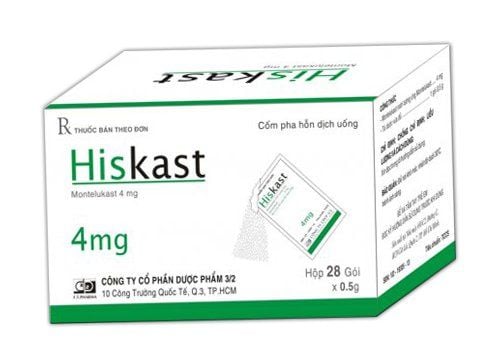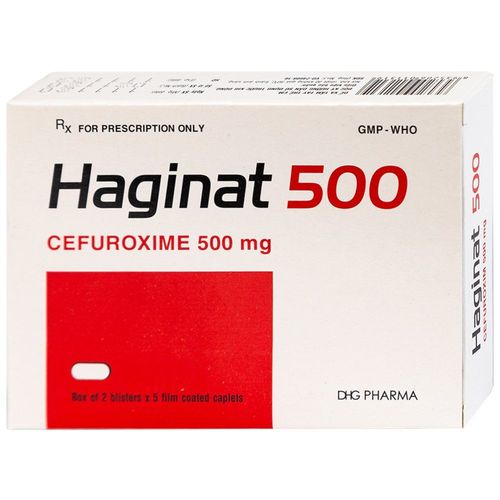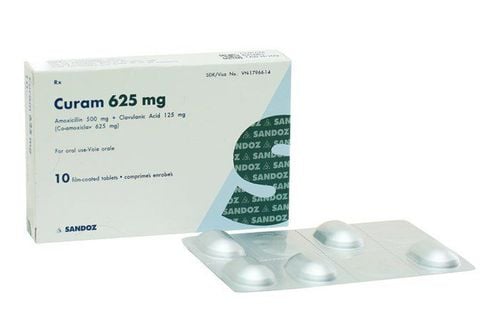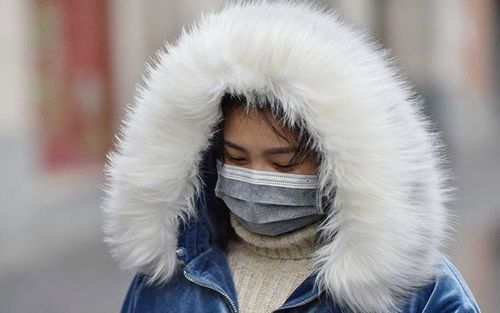This is an automatically translated article.
The article is professionally consulted by Master, Doctor Nguyen Huy Nhat - Respiratory Doctor - Department of Medical Examination & Internal Medicine - Vinmec Danang International General HospitalUpper respiratory tract infection is an infection in the organs and parts of the upper respiratory tract, including the nose, pharynx, pharynx, sinuses and larynx. The upper respiratory system is the part in direct contact with the outside environment, responsible for taking in the air outside the body, humidifying, heating and filtering the air before it is put into the lungs.
1. Learn the parts of the upper respiratory tract
The human respiratory system is calculated from the nose to the alveoli in the lungs. Organs such as the nose, pharynx, pharynx, sinuses and larynx are counted as the upper respiratory tract.The main function of the upper respiratory tract is to take air outside the body, humidify, heat and filter the air before it is brought into the lungs. The lower respiratory tract is responsible for air filtration and gas exchange.
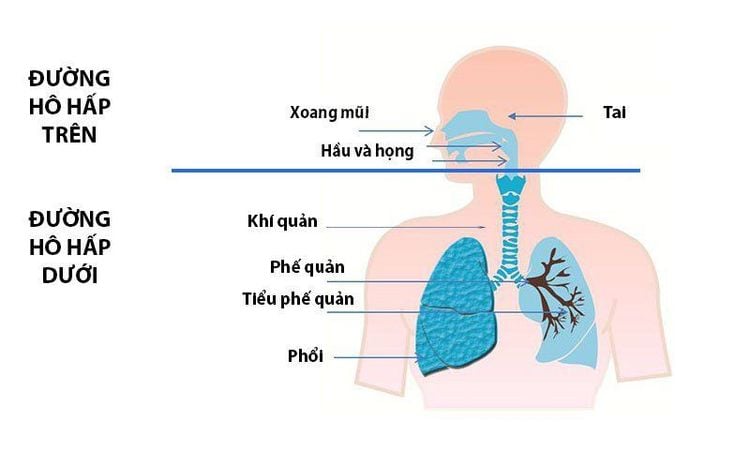
One of the common annual and recurrent diseases is upper respiratory tract infection. Although the disease has the ability to "go away" on its own, it will always lead to trouble and cause damage to the patient.
Upper respiratory tract diseases are common in young children because their resistance is still immature, so they are easily affected by changes in the external environment.
2. Causes and symptoms of upper respiratory tract infections
Cause:The patient is infected with group A hemolytic streptococcus viruses, pneumococcus and some fungi,... The virus group causes disease by residing in the mucus of the nasopharyngeal mucosa, penetrating into the nasopharynx. mucosal cells, multiply and destroy cells and spread to neighboring cells. Inflammation of the respiratory tract can be caused by many different causes: allergies to the weather, to different types of allergens (antigens) in the air, in dust, allergies or the effects of chemicals, cigarette smoke. (or smoke or breathe in secondhand smoke). Symptoms:
For infants: Typical symptoms are low-grade fever (about 38.5 degrees Celsius), cough, runny nose, wheezing, crying, refusing to feed,... For older children: Fever, fatigue, loss of appetite, sore throat, stuffy nose, runny nose,... For adults: Continuous sneezing, hoarseness to mute because the vocal cords are swollen, inflamed. Although diseases of the upper respiratory tract are of moderate clinical level, they are common diseases and affect daily life. In young children, the disease can cause many serious complications.
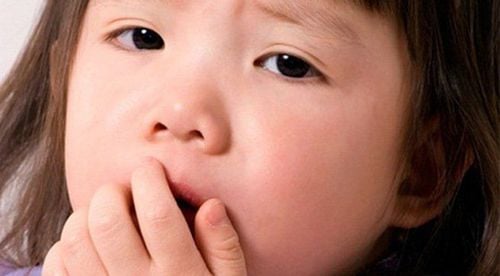
3. Ways to prevent and treat diseases of the upper respiratory tract
To prevent upper respiratory tract diseases, we need to:Limit direct contact with people with pathogens. Always wash your hands with soap to eliminate harmful microorganisms. Wear a mask when going out on the street or where there are germs. Avoid places with high temperatures. Keep warm when the weather turns cold.
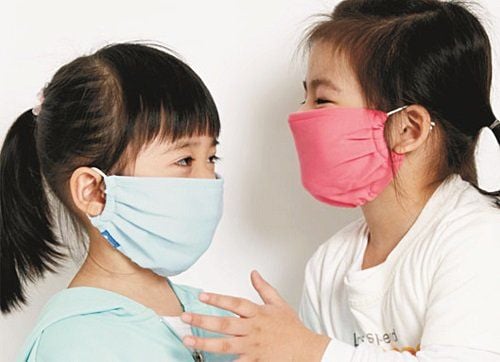
Some commonly used drugs are: analgesics, antipyretics, anti-inflammatory drugs to prevent high fever and convulsions caused by high fever. In addition, antihistamines can be used to prevent excessive release of inflammatory chemical mediators because the response mechanism is sometimes excessive. When using the drug, it is necessary to have the guidance and prescription of a doctor.
Vinmec International General Hospital is one of the hospitals that not only ensures professional quality with a team of leading medical doctors, modern equipment and technology, but also stands out for its examination and consultation services. comprehensive and professional medical consultation and treatment; civilized, polite, safe and sterile medical examination and treatment space.
Please dial HOTLINE for more information or register for an appointment HERE. Download MyVinmec app to make appointments faster and to manage your bookings easily.





